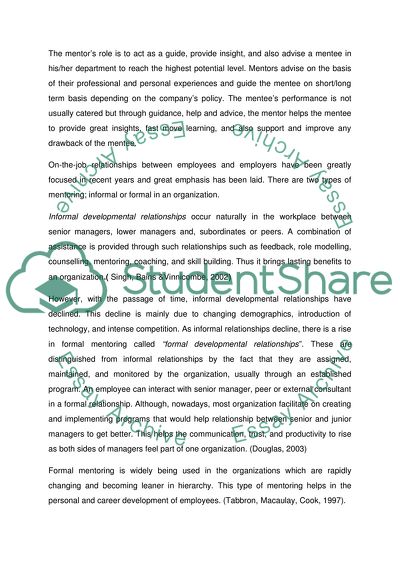Cite this document
(Should Organisations Have a Mentoring Scheme for All Employees Coursework, n.d.)
Should Organisations Have a Mentoring Scheme for All Employees Coursework. https://studentshare.org/psychology/1755448-should-organisations-have-a-mentoring-scheme-for-all-employees
Should Organisations Have a Mentoring Scheme for All Employees Coursework. https://studentshare.org/psychology/1755448-should-organisations-have-a-mentoring-scheme-for-all-employees
(Should Organisations Have a Mentoring Scheme for All Employees Coursework)
Should Organisations Have a Mentoring Scheme for All Employees Coursework. https://studentshare.org/psychology/1755448-should-organisations-have-a-mentoring-scheme-for-all-employees.
Should Organisations Have a Mentoring Scheme for All Employees Coursework. https://studentshare.org/psychology/1755448-should-organisations-have-a-mentoring-scheme-for-all-employees.
“Should Organisations Have a Mentoring Scheme for All Employees Coursework”. https://studentshare.org/psychology/1755448-should-organisations-have-a-mentoring-scheme-for-all-employees.


